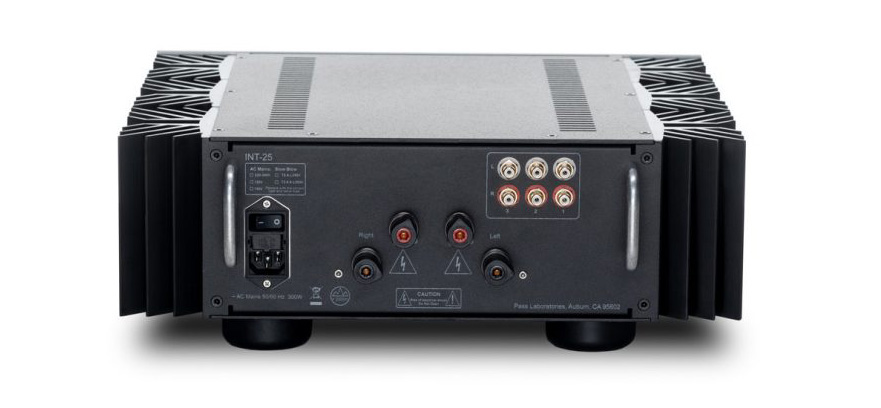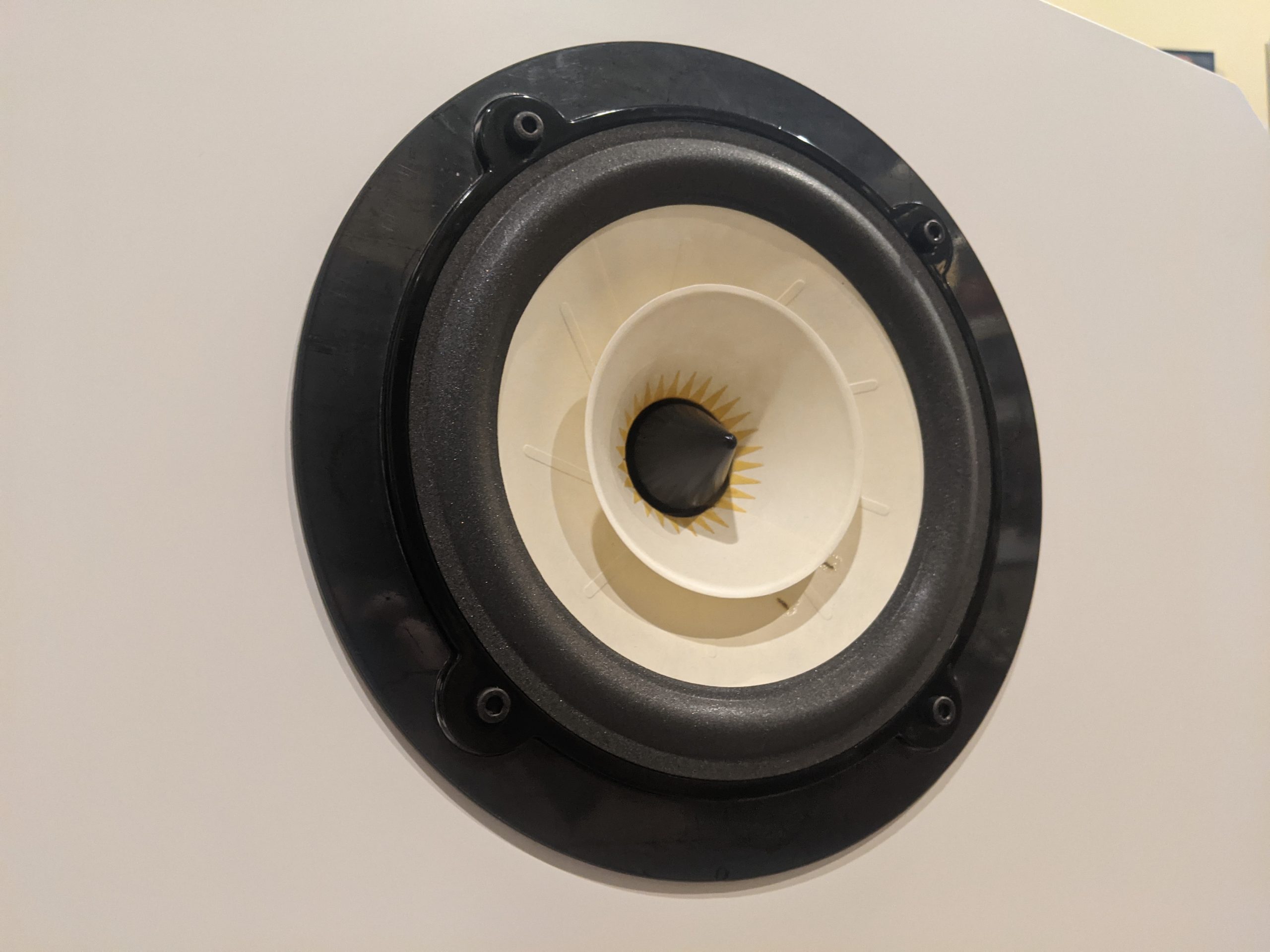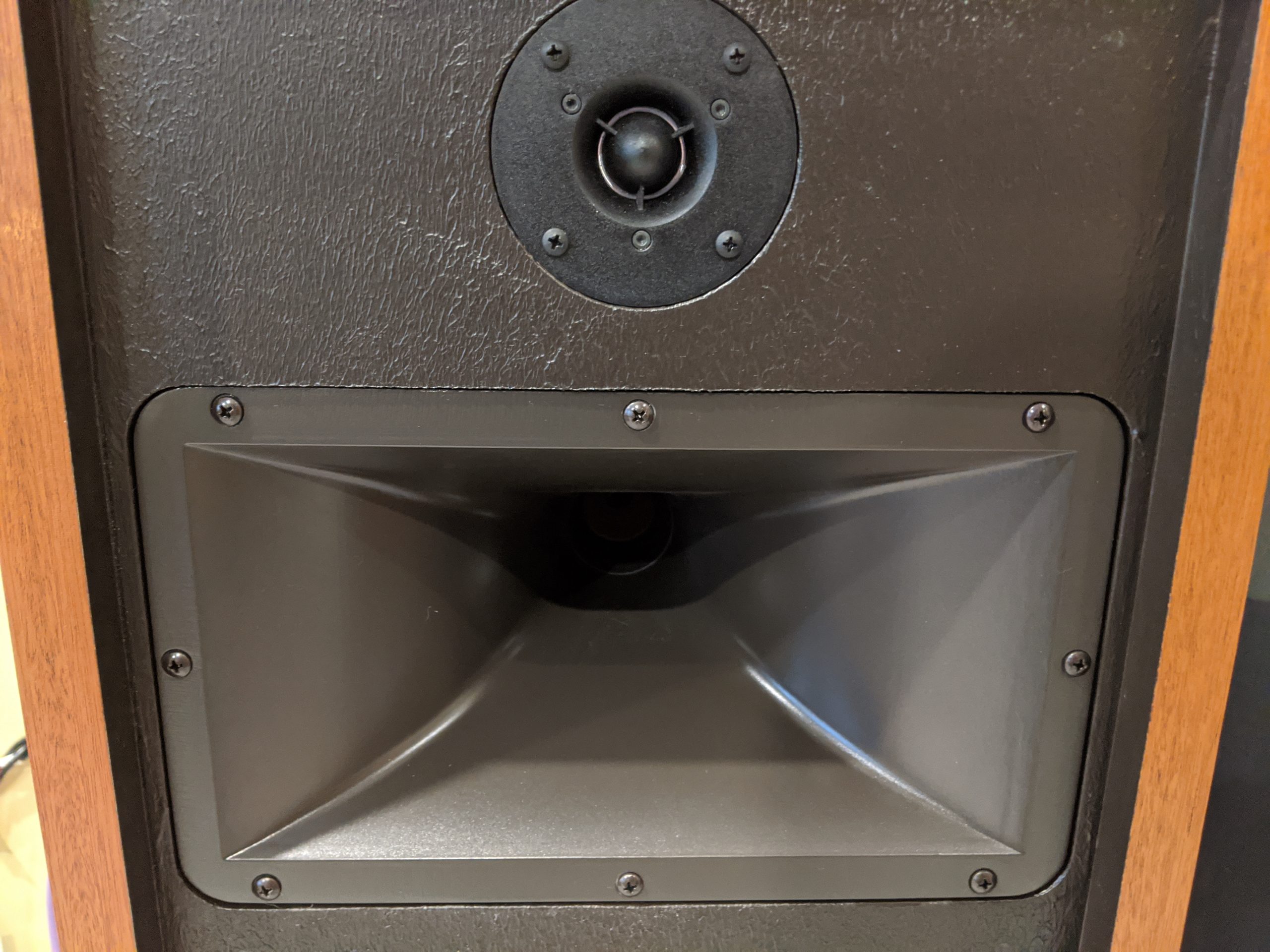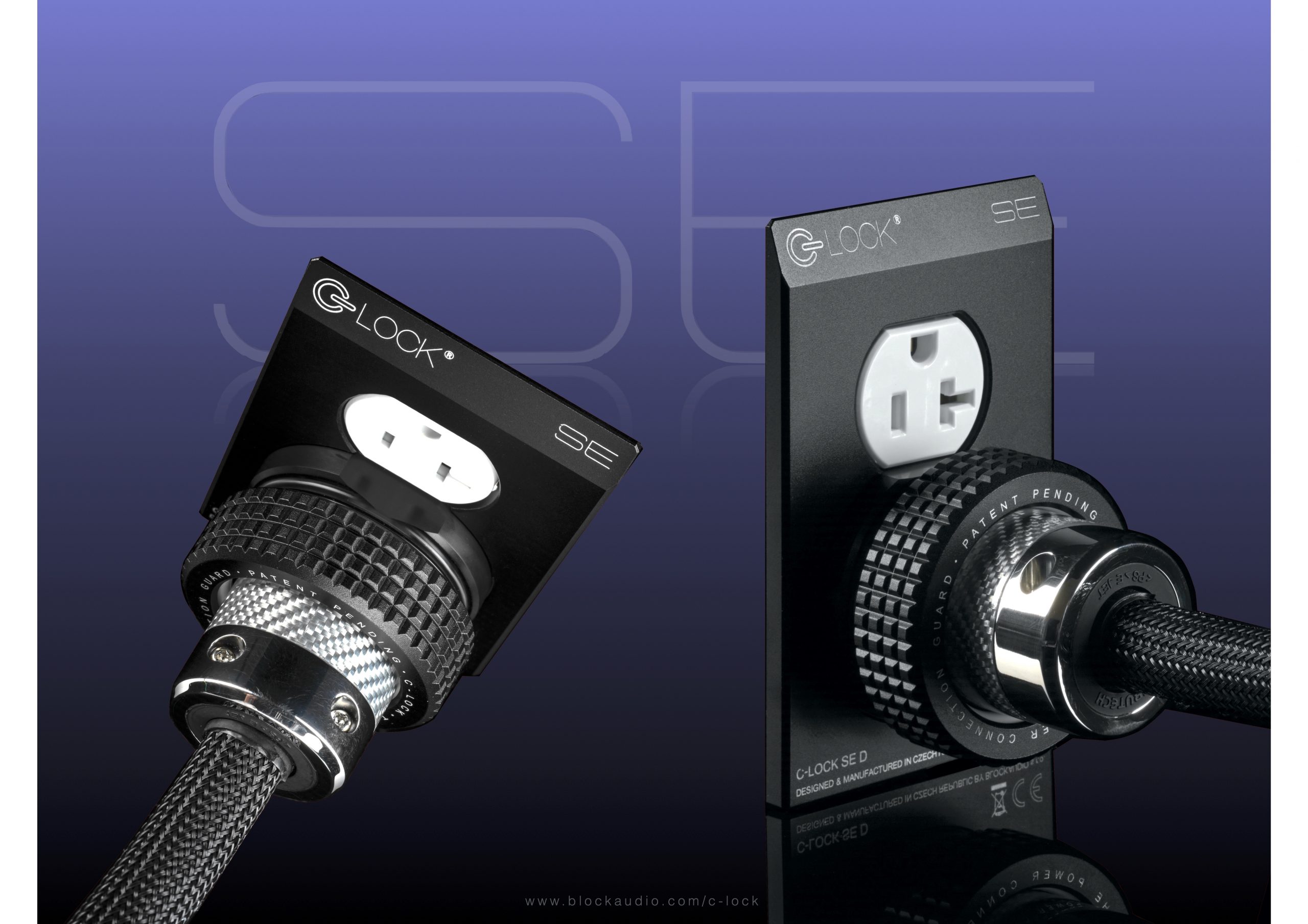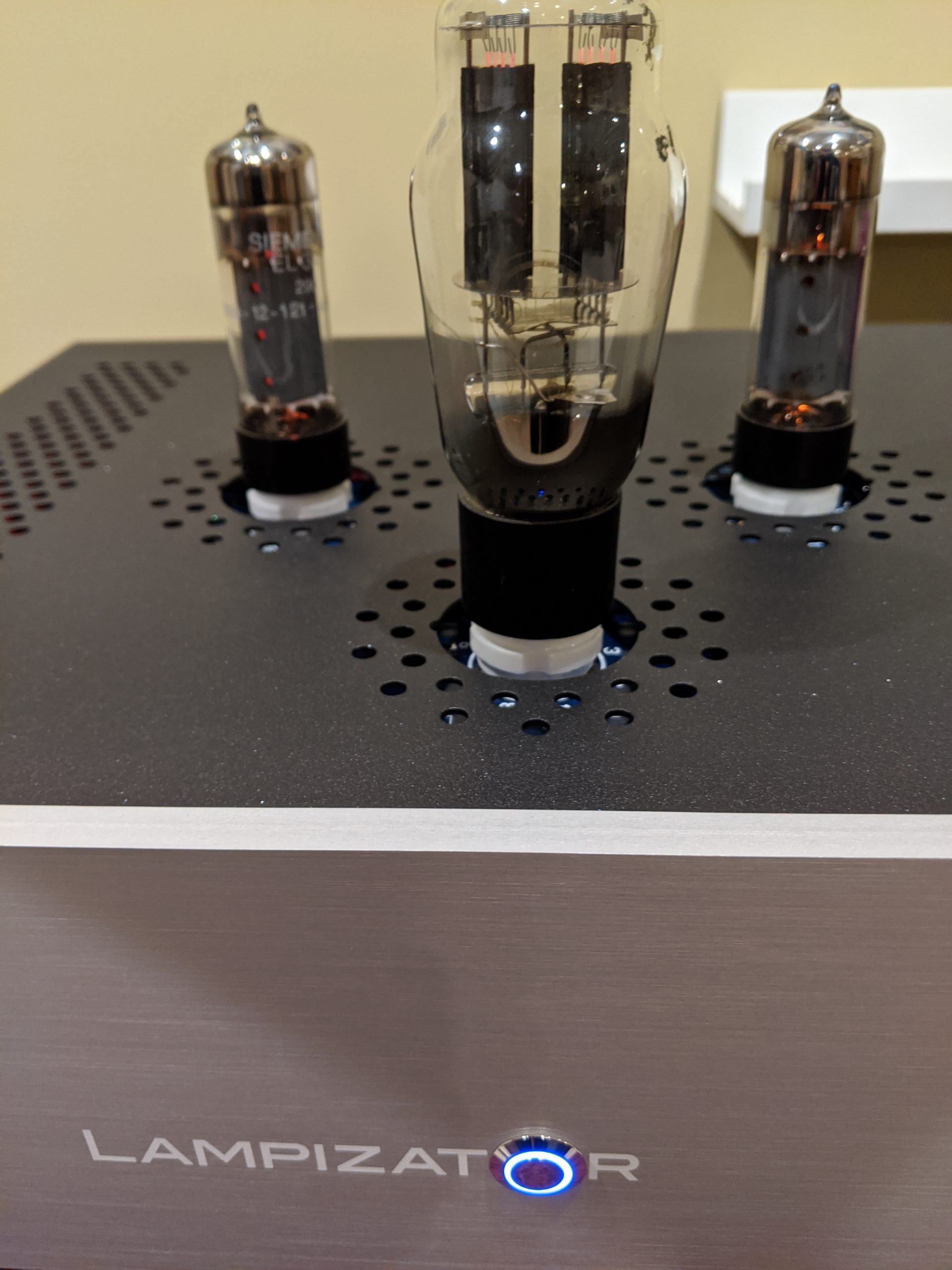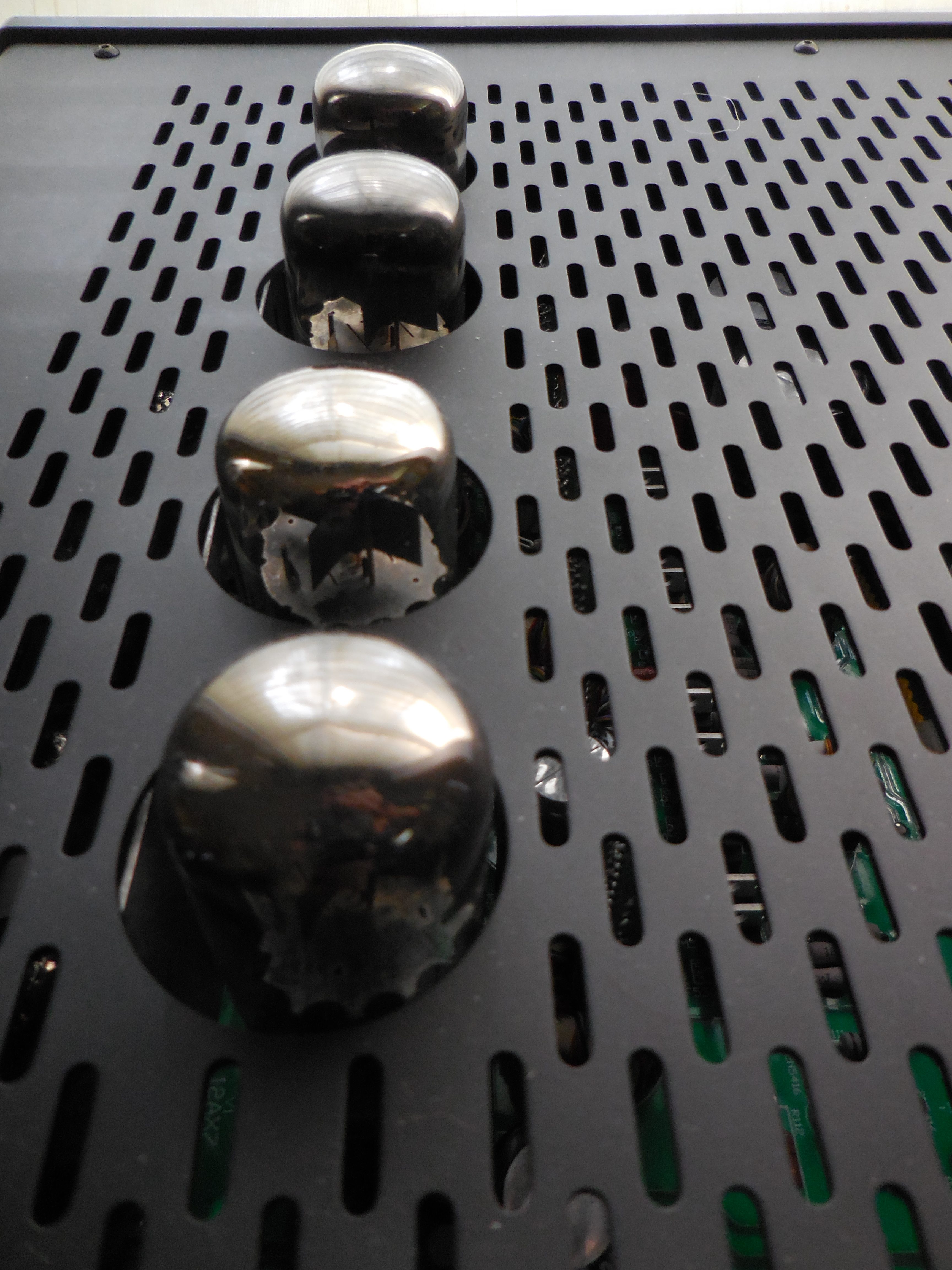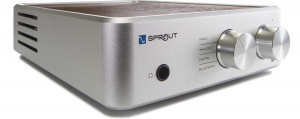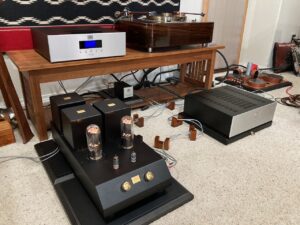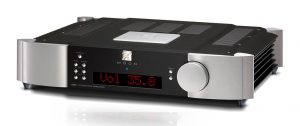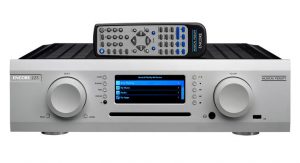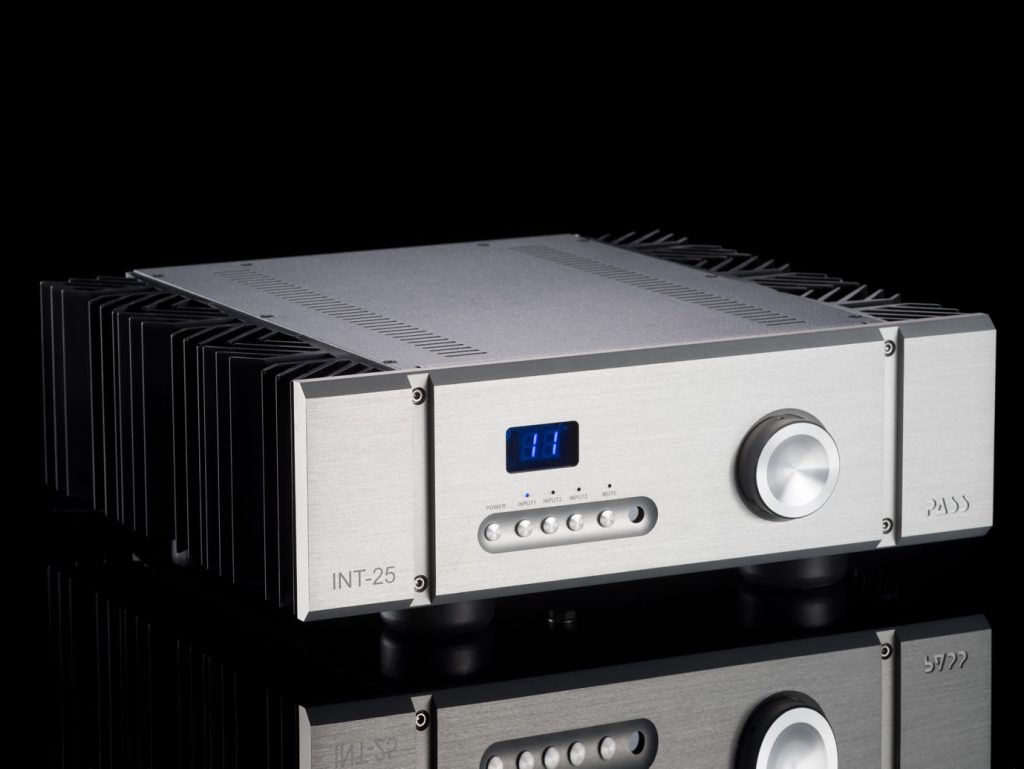
The Road Goes On Forever...
A long time ago, a wise old soul told me that if folks work hard and save their pennies, they can likely afford to pursue a single spend-iferous hobby during an otherwise humdrum human existence...And although I doubt the veracity of that anecdote, I get where he was going with it—work hard, save money, play harder!
I surmise that many readers of Positive Feedback fit the generality of finding that one avocation that speaks to them, and have chosen to pursue building a top-tier HiFi system over other spendy hobbies like glamping in a mega fifth-wheel, fishing from a tricked-out bass boat, or cruising Route 66 on a tush-cush road hog...And to those that pursue all of those leisure-time pursuits, and more, I salute you. You have saved quite a stash of Lincolns!
Too much? Yeah, maybe.
So I've swerved a bit on the road to the INT 25, but there is a method to the madness.
Get a big penny jar, and start saving. Now.
First Impressions of the INT 25: Whoa!
My first impression of the newest Pass integrated was one of stupefied speechless-ness. I know the INT 25 is not perfect—nothing is—but I've never had such an immediately powerful reaction to a component that cost less than a house.
The INT 25 is a single-ended, class A solid state amp, pumping out 25-watts RMS per channel at 8 ohms (doubling to 50-watts RMS at 4 ohms) with a peak power envelope of 50-watts. The INT 25 features a Wayne Colburn designed preamp section mated to a power section based on Nelson Pass' XA 25 amplifier. It's a "simple" integrated amp: no balanced connections, no DAC, no streamer, no phono preamp; just a handsome Desmond Harrington designed enclosure internally tricked out with Pass special electro-sauce, and accompanied by the now familiar Pass Labs remote.
Specifications (Per Pass Labs website)
- Class A (Integrated)
- Inputs: Three (3) RCA
- Remote: Yes
- Gain: 26 dB gain
- Output Power: 25 Watts rms @ 8 ohms / 50 Watts rms @ 4 ohms
- Distortion: 0.1% @ 25 Watts, 8 ohms, 1 KHz
- Class A Envelope: 50 Watt peak for 2, 4 or 8 ohm load
- Bandwidth: DC to -2 dB @ 100 KHz
- Noise: Less than 150 uV output, unweighted 20 to 20 KHz
- Damping Factor: 500
- Slew rate: 100 V/uS
- Input Impedance: 48 Kohm
- Peak Current:10 Amp output (200 Watt peak into 2 ohms)
- Protection: Shutdown at 10 amps output
- Idle Power draw: 2.3 Amps @ 120 VAC (275 Watts)
- Dimensions:17" W x 17.9" D x 6" H
- Weight: 51 lbs
- Shipping Weight: 56 lbs
For more information go HERE
The Right Tool for the Job
Like all Pass gear, the INT 25 has a form-follows-function beauty that rivals any must-have tool in the proverbial shed. It is fairly small, and therefore more rack friendly than the two other Pass integrated amps. The front features a volume readout, large volume knob, and a row of control buttons; standby power, mute, as well as three inputs. The remote signal receiver occupies the space right of the buttons. The mute, and each of the input buttons, have associated blue LEDs indicating which is active. On the rear is a fused IEC power inlet with AC master power switch, three single-ended RCA Input jacks, and left / right stereo speaker terminals. Although Mr. Positive I may be, I found the speaker terminals to be a little bit of a pain with my Stealth MLT spades; but once properly situated in the plastic safety housings, they worked very well, tightly squeezing until cable movement was nil. With bananas or bare wires, connections were a breeze.
According to the INT 25's main designer, longtime Pass engineer Wayne Colburn, when the rear power switch is in the on position, but the front standby power switch is off, only a microcontroller is powered up, and the entire unit draws less than .5 watts. Pretty darn green, I'd say. Of course, this is a Class A amp, so when fully powered up, it draws a bit of juice, even at idle. My solution was pretty simple: I shut it off when not listening, and conversely, listened as it warmed up rather than waste watts.
Wayne Colburn on the design of the INT 25 Preamp and Amp Sections: "Since the amplifier was already done it was mostly adding the preamp and control circuitry in a way that was transparent to keep the basic sound of the 25.
"The preamp is a very simple fet bipolar 6 dB gain circuit with feedback, but quite low open loop gain, so very little global feedback. The preamp should just stay out of the way of the power amp. The amplifier section is Nelson's work and uses some fairly new large output devices with no degeneration. It is a pretty simple circuit with a couple of Nelson tricks added. This circuit carries over straight from the XA-25"
Mr. Colburn describes the Volume Control design: "The volume control uses an off the shelf chip that just does volume setting via resistors and has no active or gain circuitry. It offers a pretty small clean and accurate solution that I feel is quite transparent. When used correctly it has 5 MegaHertz bandwidth and very low noise and distortion. The microcontroller sets the level from the remote or the front panel rotary encoder via a serial bus."
While Wayne Colburn is the technical expert on the volume control design, I feel my user experience spinning the volume control knob is at least near-expert. The feeling of rotating that beautiful aluminum circle is a luxurious treat in my otherwise mundane life. That said, I'm lazy, so I use the remote control most of the time. Of course, both methods change volume in one dB steps from 1 to 63 as shown on the front panel readout.
Too much? Nah!
Sonic Synergy: When Whoa becomes Wow!
Being a pure Class A solid state amp, I found the INT 25 takes about 30-45 minutes to reach optimum operating temperature. It only took about a week to break in, but always sounded a bit muffled when first powered up. Once fully warmed up, the sense of realness this integrated coaxed from the rest of my system was no less than captivating. I found myself hanging on every note, continually surprised by my musical collection. The tired old adage of "Like hearing my tunes for the first time…" isn't what I'm after here; rather it is how the INT 25 put me so in touch with the music it was hard to tear myself away. It didn't matter if the choice was the punky rawness of Iggy, or the powerful sensitivity of Vlad Horowitz, the INT 25 rendered each recording with an equal amount of musical intensity, and immediateness.
A lack of self noise helps show off the INT 25's great clarity. Listening at night was like peering into a negative space filled with musical body, depth, and dimension. Plucked strings leapt from my speakers, and massed voices floated like a cloud. The stage was quite big, with a nice bit of three dimensional bloom. It is almost as if Mr. Colburn planted a couple of 300B tubes in some obscure location that cannot be detected. (Hyperbolic-exaggeration of course, but if it was effective, then it was worth it!) And no, the Pass INT 25 does not sound like a tube amp, it just throws a grand soundstage like a very good one.
The stage seemed to hover in front of my speakers, but there was good depth behind as well. Imaging was rock solid, correctly sized, and believable. I asked Wayne Colburn about the engineering choices required to design a component with these attributes. His pointed response: "This is mostly related to the distortion character and phasing of the harmonic relationship. This also seems to interact with the power supply design." Yep, I knew that, I was just testing him (bald-faced lie)...As one might expect, the INT 25's transparency, and resolution are very, very good, but it was the layering of music from front to back that was, well, wow. Details big and small found their spot in the dark dense stage, yet never overwhelmed the sonic whole.
Dynamic performance was better than I could have imagined. Whether slow and building, or quick and decisive; shifts in volume from the softest to loudest, then back again, are heard, and felt, with impact. The INT showed off smashing dynamic swings, but also reproduced fine gradients of micro dynamics in a way that helped poor recordings sound their best, and great recordings sound amazingly alive.

On "Don't you Remember" from Adele's 21 album, the INT 25 showcases the delicate power and emotion of Adele's voice with beautiful sweeping crescendos, and complex shading. Turned up loud, it was simply terrific!
To me, the INT 25 sounds slightly warmer, and richer than my XA 30.8. Treble is sweetly smooth, nicely extended, and tonally excellent. However, it is the 25's proficiency reproducing the powerful tone, and extension of the lower octaves that is the most surprising, and yes, even stunning. Bass is very deep, spectacularly vivid, and even pressurized my room on some musical selections (which is no small feat). Mid bass is no less terrific, as is the lower mid range. As one might expect, the upper midrange is also superb; with lovely, natural, and revealing timbres.

Tim Lefebvre's bass line on Tedeschi Trucks Band's "Walk Through This Life" was so rubbery, tactile, and deeply powerful, it was the sonic equivalent of a grizzled old farmer chewing up a plug of Beechnut, then spitting it on your nice shiny leather shoe. Splat!
Too much? I think not. I've seen it happen.
One attribute I find in the INT 25 that is not always evident in other components I've reviewed, is the physical awareness of timing, and rhythm. Whether or not you believe in the audiophile jargon of PRaT (Pace, Rhythm, and Timing), I find the little Pass to have this mysterious quality. It seamlessly switches from slow, and syrupy to fast and pointed, taking my snapping fingers, and tapping toes right with it. I asked Wayne Colburn how engineering contributes to this elusive quality. His answer highlights the (much debated) role of listening, and voicing, in designing audio equipment.
Mr. Colburn on PRaT: "This is what I would call the art of engineering the sound or voicing. I know this is made fun of in some circles by the measurement only crowd, but it is very real. Some of this is measurable, and some currently isn't, but I think we (the industry) are getting better at this. This is a time consuming process mostly learned by experience. Working with the power supply design, device selection, and individual stage bias points. Of course you must have a system capable of resolving this and the ears to hear it. When we are done and happy hopefully our customers want the sound we came up with."
A Balancing Act
Although I clearly heard the INT's exceptional bass prowess, fab tonality, dynamic swing, and toe-tapping timing, I didn't dwell on them. They are but pieces of an organic pie that doesn't require being sliced up to hear the magic of this amp. The INT 25's deft sonic balance keeps any single part of the sonic puzzle from getting in the way of recreating musical recordings with plausible realism. Whether it can be measured or not, the INT 25 is an audio component that gives the listener more than the sum of its parts.

From Tommy Bolin's Teaser: Alternates and Outtakes; Derek Trucks takes a guitar star-turn on Bolin's "Smooth Fandango." The tone of the guitar, bass, and piano are very realistic. Piano is especially wonderful, and the attack of Truck's guitar is thrilling. While all individual instruments are distinctly heard, the sum coalesces into a potent jazz-rock stew.
Hoggin' the Hi-Watt Road
The INT's 25 watts might seem a bit low for my 90 db @ 8 ohm VSA, but I assure you, that was not the case. Certainly there was plenty of volume: In my 16' x 12' room, I had to turn it up about 10 more clicks to get a comparatively "normal" listening level (70-80 dB peaks). I tried to max out the 25 once, but my ears couldn't take it past the mid-50s. Beyond simple volume, the INT had grunt, and grip, and really drove the VSAs with authority once the amp was turned up into the twenties. And like I've said, bass was nothing short of amazingly powerful, and controlled.
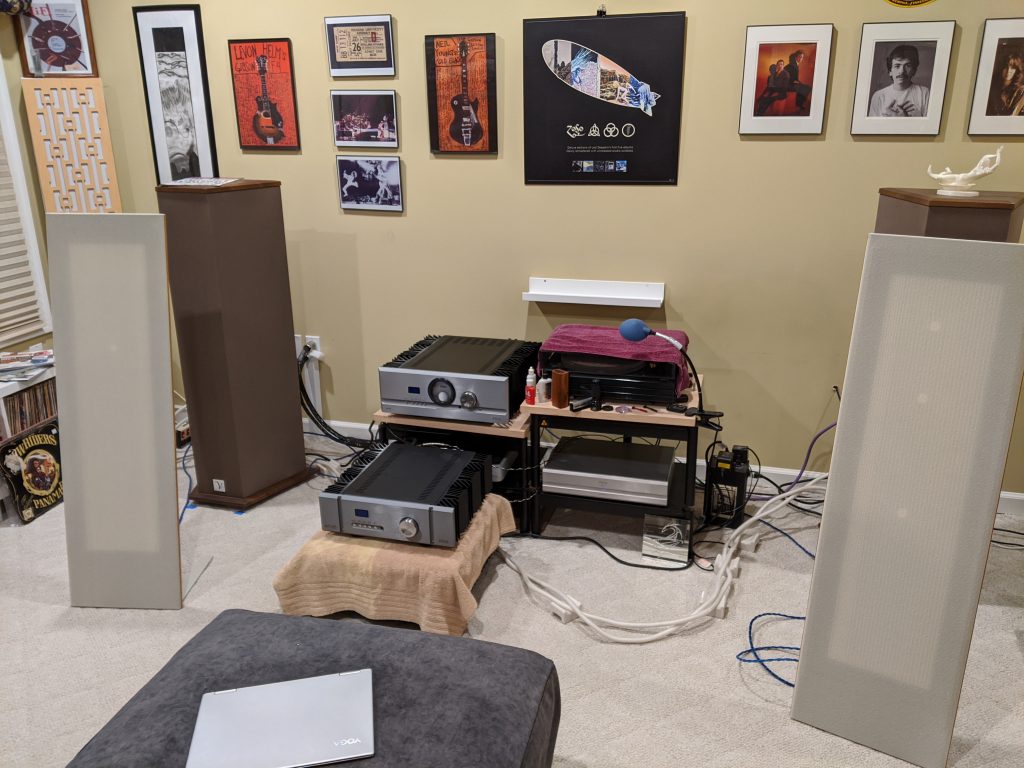
The Pass Labs INT 25 poses in front of its larger INT 60 sibling in the Tune Saloon. The new Magnepan LRS in front, my long-term reference, the Von Schweikert VR 35 Deluxe behind, and a tripping hazard of wires. Sorry about the mess. I'd have cleaned up if I'd known you were coming over...
I also ran the INT 25 through the Magnepan gauntlet: although it was obvious the Maggie Little Ribbon's would love additional current; the INT 25 can, and did, drive them. The LRS are a much tougher load at 84dB @ 4 ohms; but the INT 25 doubles down its watts to make them sing fairly well, if not impressively so. I had to crank the 25 near the very top of its volume range, so while I wouldn't suggest you run out and buy this combo; filling a small room with "reasonably" loud music (certainly not Harley exhaust loud) is absolutely possible. Oh yeah, they sounded terrific.
Imperfectly Perfect
I cannot stress enough how good the INT-25 performed with my sources, speakers, and in my room. To me, it sounds like a cross between the Pass XA 30.5, and the XA 30.8, with a little First Watt F7 spice thrown in for good measure. Within its power limits, it is for me, as nearly perfect sonically as I could ever hope for.
Obviously, it isn't as powerful as some folks would want or need, and it doesn't drive my speakers at very low volume levels quite as well as my reference system. That said, once the crank is turned, and the watt-wick lit, I couldn't really ask for more. Its voicing is so well balanced, so integrated, it's easy to fall in love with its honest sound; and you don't need a truck to pull it, a lake to float it, or a garage to store it.
Too much? No, not at all. A penny saved...

Tom Petty's "Gainesville (Outtake, 1998)" From 2018's An American Treasure, is finely nuanced, and rhythmically musical. You can feel that Petty vibe. (That's a good thing in case you didn't know.)
And the Party Never Ends...Or Does It?
Unfortunately for me, my latest Pass review party has ended. This INT 25 will eventually wind its way to another Positive Feedback reviewer for a take on another, ahem, Day.
It is always a curious thing to me, whether I love, or merely enjoy, a piece of audio gear. My subjective reviews are based upon careful listening, colored by previous experiences, my own system, and my own biases. Although only a few months long (or too short), my encounter with the Pass Labs INT 25 has been one of my most enjoyable reviews. Yeah, I loved it. At 725,000 United States pennies, it is not cheap, but it is an insanely musical, heirloom quality, and yes, affordable road-hog of an integrated amplifier.
INT 25 Integrated Amplifier
Retail: $7250
Pass Laboratories
13395 New Airport Road, Ste G
Auburn, CA 95602
530.878.5350




